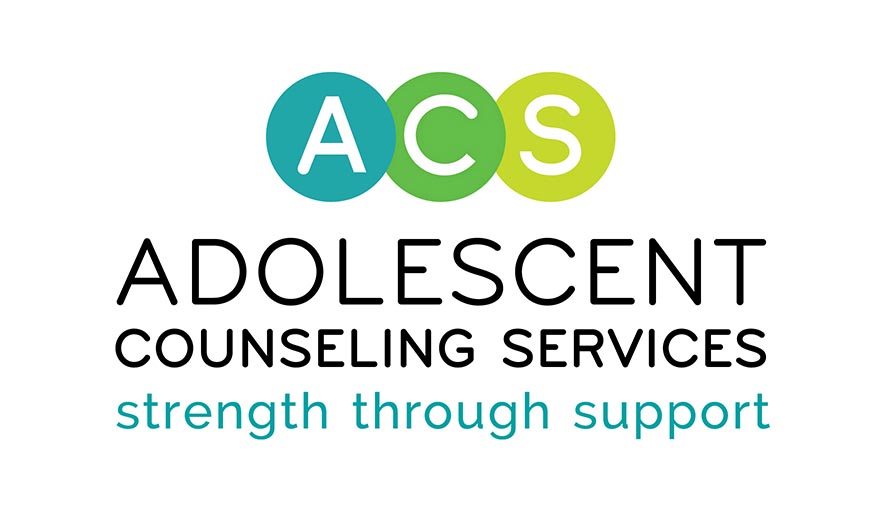
Just Say Know!: A Harm Reduction Approach To Adolescent Substance Use
Written By: Connor Freeh, Clinical Trainee at ACS, Adolescent Substance Addiction Treatment Program
WHAT IS HARM REDUCTION?Harm reduction in substance addiction treatment is primarily focused on keeping young adults alive. This is achieved through various means that also include abstinence as the ultimate goal. The pathway toward recovery can be long, with several different routes, including prevention, intervention, reduction, and eventual recovery. Harm reduction is focused on acknowledging substance use may occur and if so, how can more appropriate and safe means be applied. Harm reduction can be, for example, bike helmets, safety belts, sunscreen, a designated driver, nicotine patches, syringe exchange, and methadone. Youth traditionally report harm reduction principles as relevant and supportive, while abstinence-only approaches have been criticized as ineffective and unsupportive in the youth context.
The myth of sobriety
Evidence-based therapies for substance abuse only result in 30-50% of the subjects reaching abstinence with 60% relapsing after 3 months. Drug Abuse Resistance Education Program (D.A.R.E.) has been reported as unsuccessful over its period of utilization from 1983 to 2009, with 600-750 million dollars provided per year. Nancy Reagan, who campaigned for the effort of “Just Say No!”, struggled with her own battle of addiction to prescription medication while in the White House. Abstinence does not simply work all the time.
Talking with your child about substance use
Just have the conversation. When speaking with your child, empathize with their experience and world of risk-taking. The opinions and approval of their peers are more valuable than your own during this time, due to evolutionary reasons of social hierarchies. Remember, we are not condoning drug use but encouraging them not to use, stop, or cut back. Welcome their perspective and remember what it was like for you to be their age.
It is important to prioritize safety when speaking with your child and the consequences of their actions. This can include discussing being kicked out of school, being sent to jail or a juvenile detention center, DUIs, and the dangers of fatal accidents and overdoses.
More information
The Standard Research Helpern-Felscher Lab has devoted its clinical interests to the study of harm reduction. Their work includes information about high school students and prevention tool kits that cover substances including tobacco and cannabis. 13 lessons are also provided on alcohol, opioids, psychedelics, and other drugs to provide information for both caregivers and adolescents.
What harm reduction is not?
Harm reduction does not endorse or condone teen drug use. Harm reduction does not teach teens how to use drugs. Harm reduction does not judge teens who use drugs. Harm reduction encourages abstinence, with a clear message of saving lives.
___________________________
References
Bagot, K. S., & Kaminer, Y. (2020). Abstinence vs harm reduction for youth with substance use disorders: “You can’t always get what you want.” Adolescent Psychiatry, 10(3), 236–239. https://doi.org/10.2174/2210676610666200327164503
Helpern-Felscher REACH Lab. (n.d.). Safety First. Stanford Medicine. https://med.stanford.edu/halpern-felsher-reach-lab/preventions-interventions/Safety-First.html
Kimmel, S. D., Gaeta, J. M., Hadland, S. E., Hallett, E., & Marshall, B. D. L. (2021). Principles of harm reduction for young people who use drugs. Pediatrics, 147(Supplement 2), S240–S248. https://doi.org/10.1542/peds.2020-023523G
Slemon, A., Jenkins, E. K., Haines-Saah, R. J., Daly, Z., & Jiao, S. (2019). “You can’t chain a dog to a porch”: A multisite qualitative analysis of youth narratives of parental approaches to substance use. Harm Reduction Journal, 16(1), N.PAG-N.PAG. https://doi.org/10.1186/s12954-019-0297-3
Stowe, M.-J., Feher, O., Vas, B., Kayastha, S., & Greer, A. (2022). The challenges, opportunities and strategies of engaging young people who use drugs in harm reduction: Insights from young people with lived and living experience. Harm Reduction Journal, 19(1), 1–6. https://doi.org/10.1186/s12954-022-00663-z
Winer, J. M., Yule, A. M., Hadland, S. E., & Bagley, S. M. (2022). Addressing adolescent substance use with a public health prevention framework: The case for harm reduction. Annals of Medicine, 54(1), 2123–2136. https://doi.org/10.1080/07853890.2022.2104922
